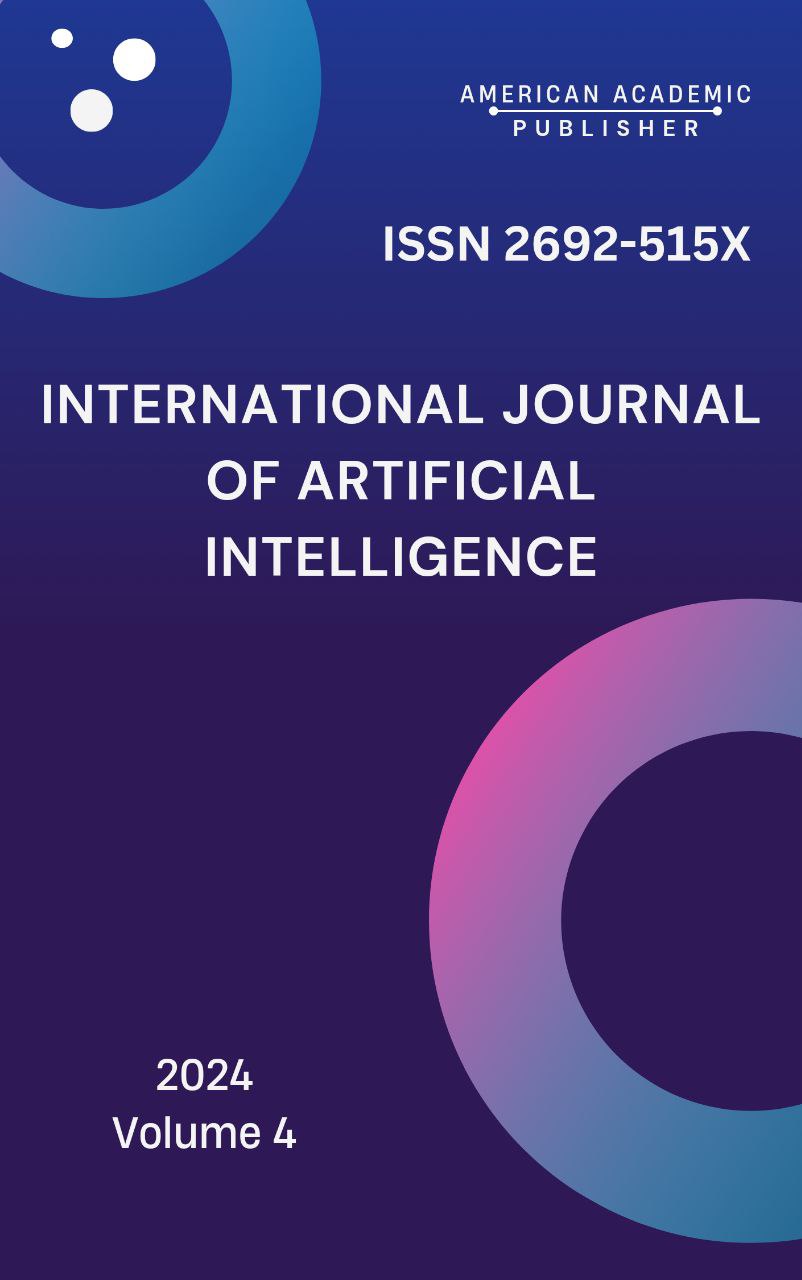 Articles
| Open Access |
Articles
| Open Access | DIVERSITY OF ECOLOGICAL ECONOMICS AND DEGROWTH THEORY: FOCUSING ON THE RELATIONSHIP BETWEEN THERMODYNAMIC LAWS AND VISION
Fayzieva Dilsuz , Tashkent State University of Economics,Abstract
The degrowth theories within ecological economics can be distinguished between two flows: Georgescu-Roegen, S.Latouche and K.E.Bullding, H.E.Daly, T.Jackson. In the former, degrowth leads to a complete rejection of any development or growth, culminating in negative growth, whereas, in the latter, degrowth does not necessarily end in a total rejection of all progression or growth. At first glance, these differences seem to stem from varying interpretations of thermodynamic laws, but underlying them are different analytical visions regarding environmental issues. The flow from Boulding to Daly to Jackson believes that the sustainability of human societies can be secured through balanced growth or steady-state economics, whereas Georgescu-Roegen and Latouche do not share this belief. This divergence in beliefs or visions has led to distinct degrowth theories. This paper will analyze this process while comparing the two degrowth theories.
Keywords
Ecological economics, degrowth, vision, thermodynamic laws.
References
Solow, R. M., “The Economics of Resources or the Resources of Economics,” American Economic Review, Vol. 64, No. 2, 1974, pp.1-14.
Georgescu-Roegen, N., Analytical Economics, Cambridge: Harvard Univ., 1966, pp. 92-93.
Cleveland, C. J., and M. Ruth, “When, Where, and by how much do Biophysical Limits Constrain the Econmic Process? A Survey of Nicholas Georgescu-Roegen’s Contribution to Ecological Economics,” Ecological Economics, Vol. 22, 1997, pp.205-207.
Jackson, T., Prosperity without Growth: The Transition to a Sustainable Economy,
Ellwood, W., The No-Nonsense Guide to Degrowth and Sustainability, New Internationalist, 2014; Demaria, F., F. Schneider, F. Sekulova, and J. Martinez-Alier, “What is degrowth?: From an Activist Slogan to a Social Movement,” Environmental Values, Vol. 22, 2013, pp.191-215.
Malthus, T. R., An Essay on Population, 7th ed., J. M. DENT & SONS LTD, 1872, pp. 153-157.
Schumpeter, J. A., “Science and Ideology,” 1949 ; in D. M. Hausman(ed.), The Philosophy of Economics - An Anthology, Cambridge Univ., 1984, p.562
Mill, J. S., Principle of Political Economy, 5th ed., D.Appleton and Company, 1864, p.334.
Meier, G. M., “The ‘Progressive State’ in Classical Economics,” in Gerald M.Meier(ed.), From Classical Economics to Development Economics, St. Martin’s Press, 1994, p. 13.
Constanza, R., J. Cumberland, H. E. Daly, R. Goodland, and R. Norgaard, An Introduction to Ecological Economics, St. Lucie Press, 1997, pp.32-33
Daly, H. E., Steady-State Economics, 2nd ed.. Island Press. 1977a, pp.14-49.
Victor, P., Herman Daly’s Economics for a Full World : His Life and Ideas, Routledge, 2022, p. 176.
Georgescu-Roegen, N., Analytical Economics, Cambridge: Harvard Univ., 1966, p. 66-67.
Mesner, S., and J. M. Gowdy, “Georgescu-Roegen’s Evolutionary Economics,” in K.Mayumi & J. M. Gowdy(eds.), Bioeconomics and Sustainability: Essays in Honor of Nicholas Georgescu-Roegen, Edward Elgar, 1999, pp.62-65.
Latouche, S., Farewell to Growth, Polity Press, 2009, pp.7-9
Bonaiuti, M., “Introduction: Georgescu-Roegen, the Man and Scientist,” in M.Bonaiuti(ed.), From Bionomics to Degrowth: Georgescu-Roegen’s “New Economics” in eight essays, Routledge, 2011, pp. 45-48.
Arendt, H., The Human Condition, 1958, pp. 34-41.
Boulding, K. E., “The Economics of the Coming Spaceship Earth,” In K. E. Boulding & H. Jarrett(ed.), Environmental Quality in a Growing Economy, Johns Hopkins Univ., 1966, pp. 5-
Article Statistics
Downloads
Copyright License

This work is licensed under a Creative Commons Attribution 4.0 International License.

